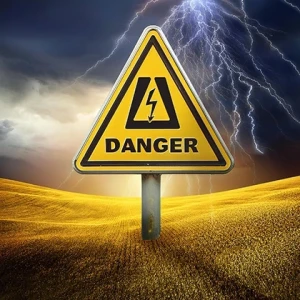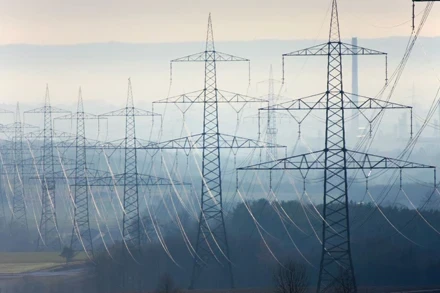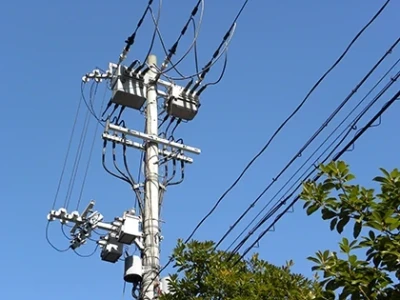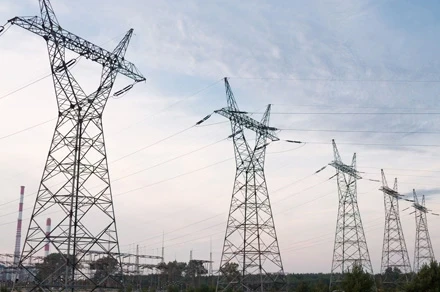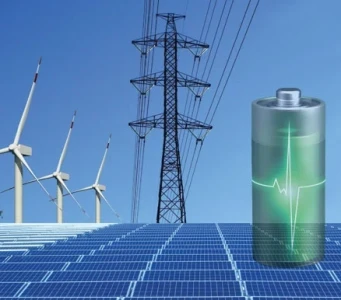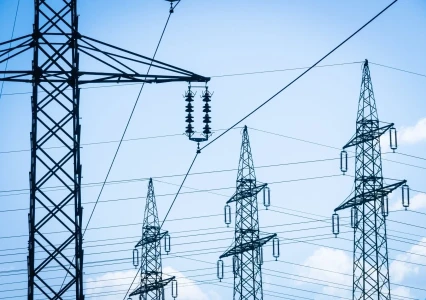DOE Grants $2.2B for Transmission and Storage Projects

In a landmark move aimed at accelerating the U.S. transition to a more resilient and sustainable energy grid, the Department of Energy (DOE) has announced a groundbreaking investment of $2.2 billion in innovative transmission and energy storage projects across 18 states. This significant funding injection underscores the federal government’s commitment to advancing infrastructure that supports clean energy, enhances grid reliability, and facilitates the integration of renewable resources.
Overview of the Funding Initiative
The $2.2 billion allocation is part of the DOE’s broader strategy to modernize the nation’s energy infrastructure, ensuring it can meet the growing demand for clean energy while addressing challenges associated with climate change. This funding is aimed at a diverse array of projects that include cutting-edge transmission technologies and state-of-the-art energy storage solutions.
Transmission projects funded by this initiative are designed to upgrade and expand the existing grid, allowing for more efficient delivery of electricity from renewable sources like wind and solar farms. These upgrades are crucial for reducing transmission losses, enhancing grid reliability, and supporting the integration of geographically dispersed energy resources.
Energy storage projects, on the other hand, focus on developing and deploying advanced storage systems that can store excess energy generated during periods of high production and release it when demand peaks. By improving energy storage capabilities, these projects help to smooth out the fluctuations in energy supply and demand, making renewable energy sources more dependable and accessible.
Key Projects and Their Impact
The DOE funding will support a variety of innovative projects across the country, each tailored to address specific regional needs and challenges. Some of the notable projects include:
-
High-Voltage Transmission Lines: Several projects will focus on constructing new high-voltage transmission lines that will connect remote renewable energy sources to major population centers. These lines are essential for reducing congestion on existing routes and ensuring that clean energy can reach consumers more efficiently.
-
Advanced Energy Storage Systems: Investments in cutting-edge battery technologies and large-scale energy storage systems will enhance the ability to store and dispatch renewable energy. These systems are critical for balancing supply and demand and ensuring a steady, reliable power supply even when renewable generation is intermittent.
-
Grid Modernization: Projects aimed at modernizing grid infrastructure will involve upgrading substations, incorporating smart grid technologies, and improving grid management systems. These upgrades will enhance the grid’s resilience to outages and better integrate diverse energy sources.
-
Microgrids and Distributed Energy Resources: Some projects will focus on developing microgrids and supporting distributed energy resources. These smaller, localized grids can operate independently or in conjunction with the main grid, providing greater flexibility and reliability in energy delivery.
Benefits of the Investment
The $2.2 billion investment promises to deliver a range of benefits, including:
-
Enhanced Grid Reliability: By upgrading transmission infrastructure and implementing advanced energy storage, the projects will make the grid more resilient to disruptions and better equipped to handle fluctuations in energy supply and demand.
-
Increased Integration of Renewable Energy: The new transmission lines and storage systems will facilitate the integration of more renewable energy sources, helping to reduce reliance on fossil fuels and lower greenhouse gas emissions.
-
Economic Growth: The funding is expected to create numerous jobs in construction, technology development, and grid management. Additionally, the projects will stimulate local economies by driving investment in infrastructure and technology.
-
Environmental Impact: Improved grid efficiency and increased use of renewable energy sources will contribute to a reduction in carbon emissions and support broader climate goals.
Looking Forward
This substantial funding allocation from the DOE represents a significant step towards achieving a modernized and sustainable energy grid. As these projects unfold, they will not only address immediate energy challenges but also lay the groundwork for long-term advancements in energy infrastructure.
The success of these projects will depend on effective execution, collaboration among stakeholders, and continued support for innovation in energy technologies. By investing in these transformative initiatives, the DOE is paving the way for a cleaner, more reliable, and resilient energy future.
In summary, the $2.2 billion awarded to transmission and energy storage projects across 18 states marks a pivotal moment in the evolution of the U.S. energy grid. It reflects a forward-looking approach to energy infrastructure that supports both economic development and environmental sustainability, setting the stage for a more secure and efficient energy system.

